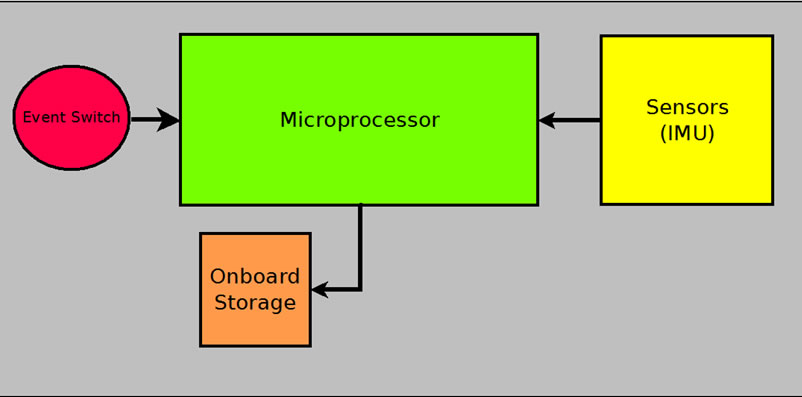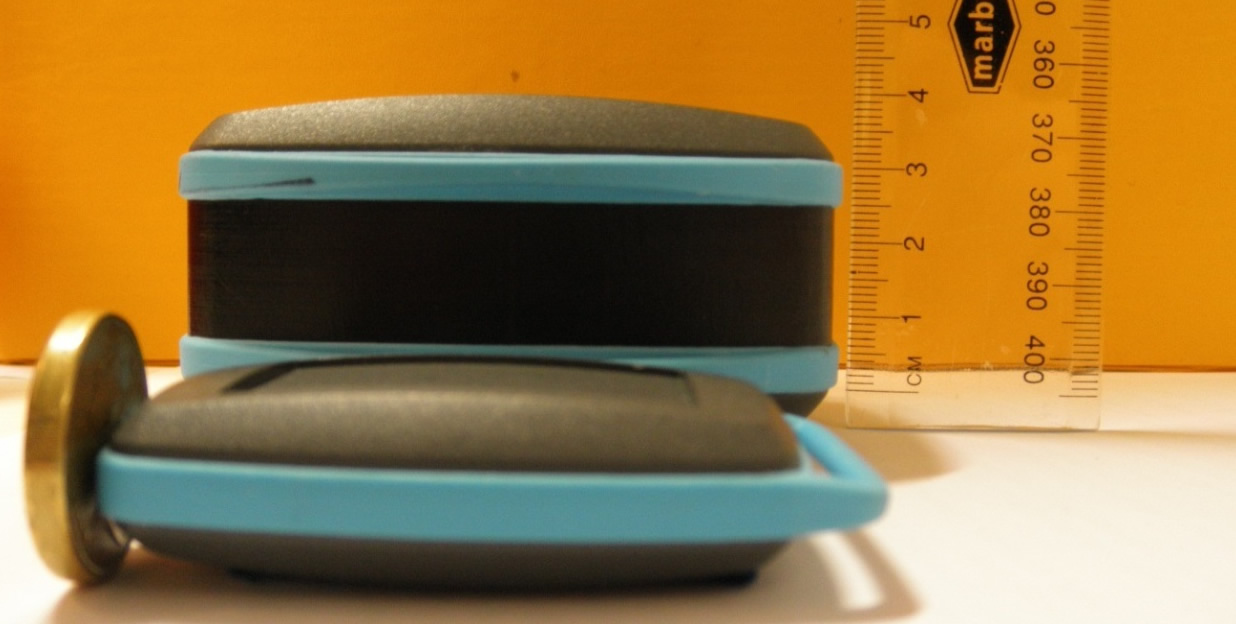Hardware
The GAMES System was designed as a proof of concept system prototype that was designed to test the feasibility of using an inertial measurement unit (IMU) to measure gait and gestures, as such, the hardware was expensive, excessively complicated for the user and prone to failure. Given the GAMES system cost in excess of $1000AU in parts alone, our target of ‘$200 per unit assembled’ for PGMAS was a primary consideration when selecting parts. The PGMAS system was designed with high data rate and extended runtime implementation in mind.
There was a need to develop and implement high performance gait analysis and gesture recognition algorithms in order to facilitate long-term monitoring of patients undergoing physiotherapy and rehabilitation for various nerve-related and muscular ailments.
The hardware components of this build comprised two parts, the first, which consisted of the production of new sensors and receiver nodes, as a result of revised specifications and the second part of the build that constituted legacy support of pre-existing hardware (Raghavan and Sharma, 2009, Goh, Ramanathan and Lim, 2010), which included the maintenance of existing sensors and storage nodes.
Functional Block Diagram

Sensor Profile
